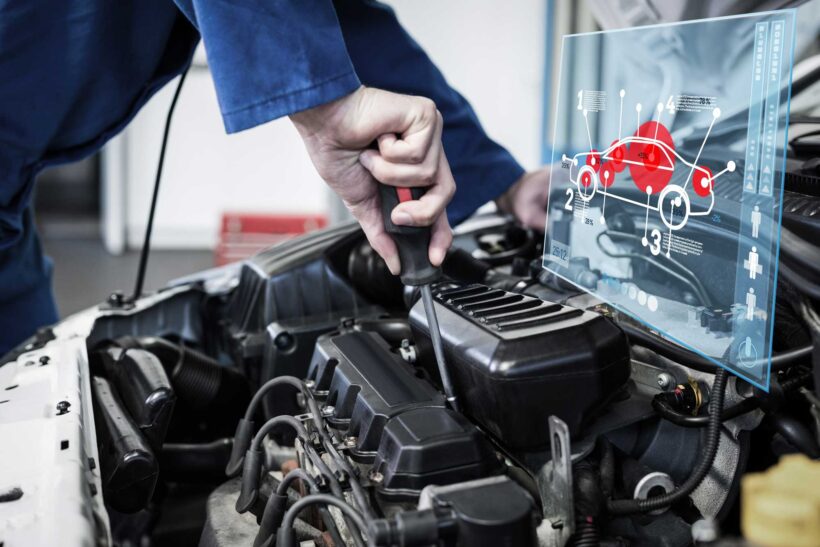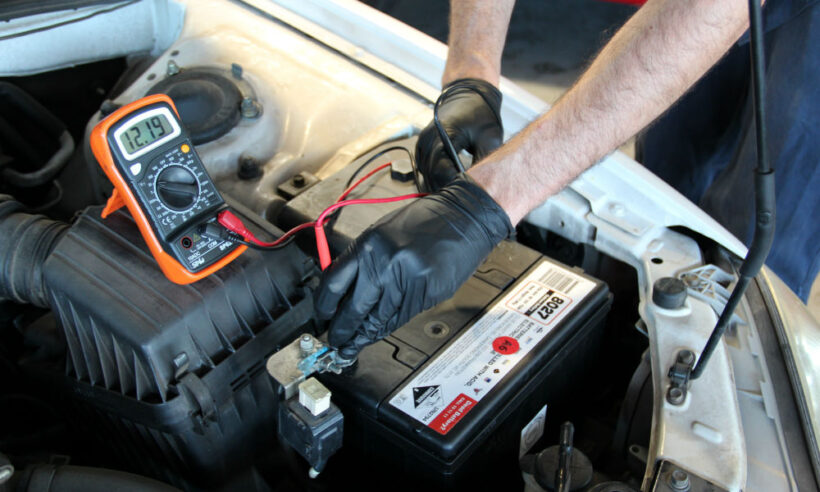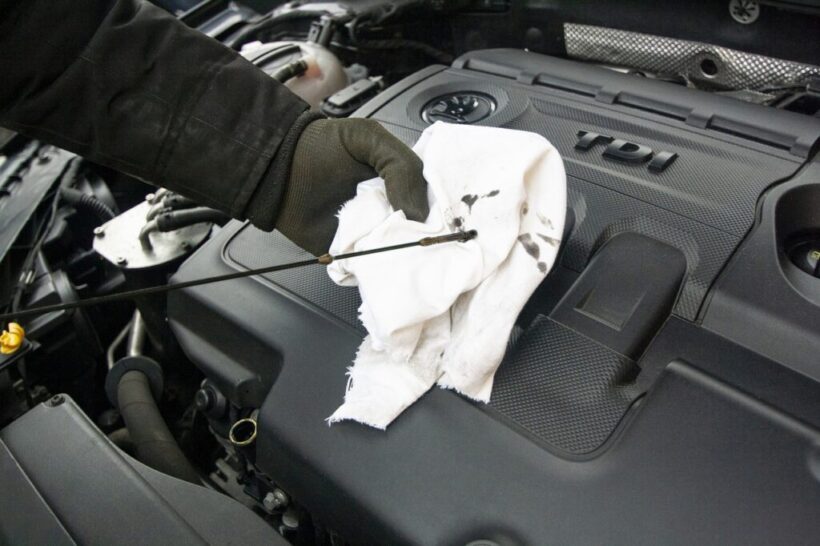Whether you’re a beginner or a seasoned driver, it is critical to ensure that your vehicle functions properly and efficiently at all times. Maintaining your car regularly is key to accomplishing this. However, it’s overwhelming to determine where to begin with so many things to monitor. Understanding the basics of car maintenance is crucial to avoiding unexpected breakdowns, and saving money on expensive repairs. This ultimate guide we’ll cover everything you need to know to keep your vehicle in top shape and ensure a cost-effective driving experience.
Why Car Maintenance Is Important

Frequent maintenance helps to keep your car running smoothly and efficiently. Maintaining your car regularly avoids breakdowns and extends your vehicle’s lifespan. Car maintenance also enhances fuel efficiency and saves you money. Performing regular check ups on your vehicle can help you spot problems early, thus preventing them from turning into bigger problems. For instance, a simple oil change can reveal a faulty gasket or a worn-out belt that could possibly damage your engine.
Car Maintenance Checklist
After understanding the importance of maintaining your car, here’s a checklist you can use to keep your vehicle in top shape:
Check the Oil Level
Oil is the lifeblood for the proper functioning of your engine. It works by lubricating the different parts of the engine that moves. New cars have engines that are designed to be thoroughly sealed, which means they do not require much oil between oil and filter changes.
Here’s how to monitor the oil level:
- Ensure that the engine is turned off and open the car hood. The hood release lever is located under the driver’s-side dashboard, while the safety catch is found under the hood lip.
- Look for the engine-oil dipstick, which is often labeled yellow for easy identification
- Carefully remove the dipstick and wipe it clean with a cloth. Then, insert the dipstick back into its sheath, replace it fully, and pull it out again to check the oil level.
- Now check the dipstick tip. The markings show the oil level range, from full to one quart low. When you pull out the dipstick, you will see a light oil coating on its end. If the oil level falls between the minimum and maximum marks, your car is good to go. If the oil level is at or below the minimum level, then you need to add one quart of the recommended oil. This can be found in the owner’s manual.
- To add oil to your car, find the cap with the oil-can symbol and the word “oil” on it. Twist it off and pour in a quart of oil.
- Ensure to wipe away any drips to prevent smoke when the engine heats up.
To keep your engine running smoothly, ensure the oil is clean. The oil and oil filter should be changed according to the mileage intervals specified in the owner’s manual.
Check the Tires’ Air Pressure

Modern vehicles have a tire-pressure warning light to indicate low tire air levels, while older vehicles do not. Purchase and use a tire pressure gauge from an auto-parts store to accurately determine tire pressures and ensure they are set correctly. Here’s what you need to understand about tire pressure:
- A label on the driver’s side pillar shows the correct inflation level for cold tires, i.e., those not used that day.
- If you check the tire pressure after driving for a while, you must add three pounds per square inch as the tires get warmer and the pressure increases while driving.
- To maintain proper tire pressure, check it monthly for a few months. If it remains steady, you can check it quarterly since you know the tires are holding air.
Inspect the Brakes and Replace Them

Your car’s brakes are very important for your safety. Experts suggest that you should change your brake pads after every 25,000 miles to 65,000.
Indications that your brakes may require replacement include; high-pitched or abrasive sounds, a brake pedal that feels soft or spongy, and a brake pedal that vibrates. To examine your brakes, a mechanic will assess the brake pads and rotors for deterioration. If the pads and rotors are worn out, they’ll require replacement.
Ensure you have Windshield-Washer Fluid
Running out of washer fluid can be unpleasant, especially during winter when the windshield becomes dirty due to muck and salt. The frequency of checking the windshield washer reservoir depends on the weather and the season. Follow these steps to check your windshield:
- The windshield washer container is located beneath the vehicle’s hood.
- Washer tanks are made of clear plastic, which enables you to see the fluid level easily. However, some washer tanks may be concealed, making it difficult to determine their levels unless you fill them completely.
- To fill your windshield wiper reservoir, open the cap labeled with the wiper spray icon.
- Use washer fluid instead of pure water. Freezing temperatures can cause water to freeze and make wipers ineffective. Commercial washer fluid contains alcohol which prevents freezing during winter.
Battery Maintenance

Car battery enables you to get started and keep electrical components functioning. The battery can deteriorate due to corrosion or loss of charge, leading to decreased efficiency. That’s why it’s vital to perform regular battery maintenance for proper functioning. Experts suggest checking your battery every three to six months for any signs of rust or damage.
Test your battery once a year to confirm it holds a charge. If the battery is older than three years, consider replacing it. To check your car battery, open the hood and inspect it for corrosion. If you notice any damage, clean the battery connectors using a wire brush and a mixture of baking soda and water.
Exterior and Interior Care
Frequently cleaning and applying wax to your car can safeguard the paint and prevent rust. Sanitizing your vehicle’s inside can maintain its appearance and fragrance. Professionals recommend washing your car every two weeks and applying wax every three months.
Keep the interior clean by vacuuming and cleaning it every month. To protect and maintain the appearance of your car, click here to help you keep your vehicle’s paint looking new and shiny for years to come.
Endnote

Routine maintenance is crucial to keeping your vehicle in top shape. By following regular maintenance tasks and checklists, you can prolong your vehicle’s lifespan, enhance fuel efficiency, and avoid expensive repairs in the future. To properly maintain your car, choose a qualified mechanic for complex repairs and maintain the appearance and scent of your car’s interior and exterior.

